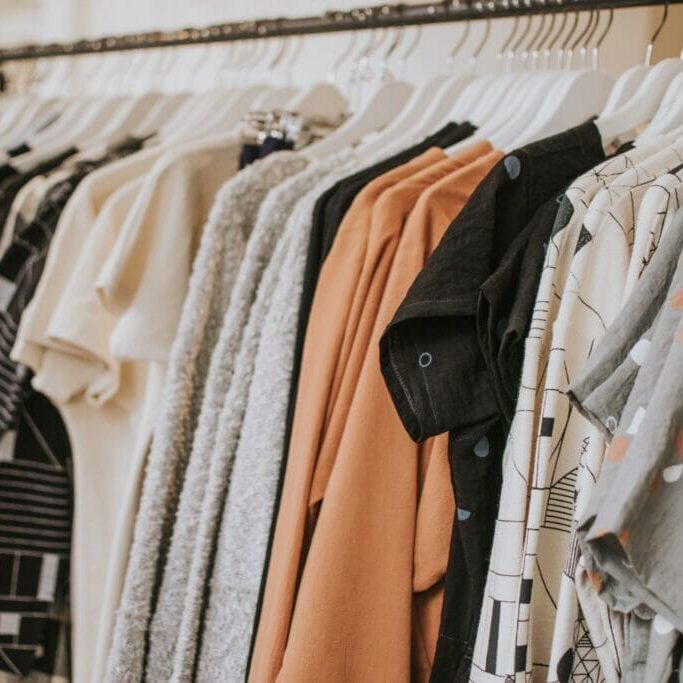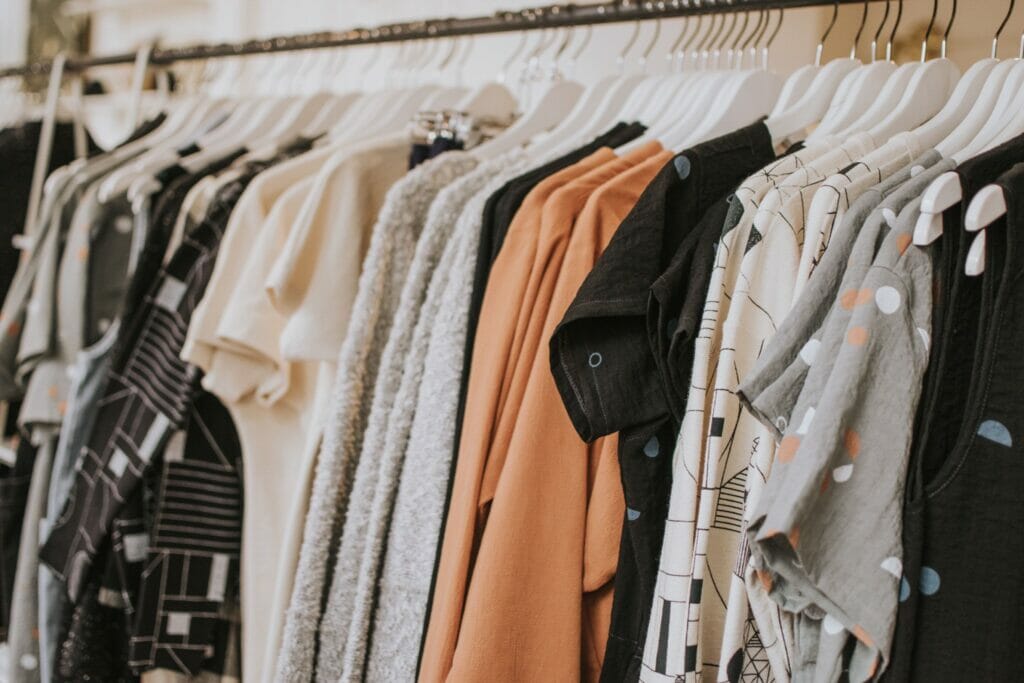
Is sustainable fashion ethical?
Fast fashion is mired in ethical and environmental violations, while slow fashion paves the way to a brighter future
Fast fashion has seen an astronomic rise over the past decade, propelled by increasing consumer demand for on-trend styles at low prices.
However, despite their undeniable appeal, notable fast fashion brands such as Zara and H&M have found themselves in a hotbed of controversy regarding alleged ethical and environmental malpractice. As a result, a counter movement centred around sustainability and ethical consumption, aptly called “slow fashion,” has been on the rise and advocates for increased consumer awareness and brand accountability.
Why are clothes so cheap?
Fast fashion has seen an alarmingly high turnover rate. Due to shortened production times, garments are not made to last but rather churned out to appease high consumer demand. Fittingly, they have an equally short life span. Shoppers today keep clothes in their closet half as long as they did 15 years ago, even in the face of increased consumption.
The outcome? Landfills clogged with cheap, non-biodegradable textiles sit around for decades, even centuries before they break down or are reduced to fodder.

While fast fashion is focused on manufacturing clothes quickly and at minimal cost, slow fashion prioritizes quality over quantity. Clothes are made with ethically sourced, organic materials rather than synthetic microfibres to reduce waste. The slow” aspect of slow fashion also means production is not rushed and care is placed to make sure garments are manufactured for durability that extends beyond the next fashion cycle.
The rise of sustainability
The recent prominence of sustainable fashion traces back to the Slow + Design Manifesto created by a group of scholars from different fields in 2006. The manifesto states the three defining aims of the slow approach to fashion: using local workers and resources, increasing transparency in clothing production systems and producing long-lasting, ethically made goods. With this in mind, it is important to consider how slow fashion is more than an industry model: It is a mindset centred around increased consumer awareness and brand accountability.
In a recent survey conducted by Nosto, an online platform specializing in e-commerce, 2,000 shoppers from the United States and United Kingdom were questioned on their preferences regarding sustainability in the fashion industry. While 52 per cent said they wanted to see more sustainable practices in the fashion industry, only 32 per cent said they’d be willing to pay more for sustainable fashion. This brings us to what is perhaps the greatest obstacle facing the slow fashion movement: the illusion of accessibility.
Is slow fashion ethical?
Slow fashion has garnered a reputation of being borderline designer and criminally overpriced, the steak frites to fast fashion’s Big Mac and fries. This reputation is partly due to a convenient marketing tactic fast fashion brands use to advertise themselves as easy and affordable, and partly a working-class bias of associating anything of value as inherently bourgeoisie and therefore unattainable.
“When it comes to fast fashion, the real price lies not in retail value but in the lives endangered to keep costs low.”
While some brands have adopted the slow fashion model and sell more expensive clothes, a natural by-product of hiring local instead of outsourcing to rural sweat shops, these companies are not the only agents who can support sustainability in the fashion industry. Remember: slow fashion is just as much about consumption choices as it is about clothing production. Slow fashion also encompasses the set of values we as consumers use as we choose what brands to support.
While buying from sustainable brands is a big part of slow fashion, so is thrifting, shopping at flea markets and DIYing outdated items from your own closet. The argument that slow fashion is not affordable is a fallacy. Even among fast fashion brands, pricing disparities exists: Urban Outfitters is more expensive than H&M, but both are considered fast fashion. With slow fashion, at least you know you’re getting your money’s worth with sustainable garments made to last.
The human price of fast fashion
When it comes to fast fashion, the real price lies not in retail value but in the lives endangered to keep costs low. Many fast fashion brands use child labour because it is cheap and allows them to mass produce clothes to keep up with incessant supplier demand.
Fashion Nova came under fire just last year for exploiting workers at cripplingly low wages in the U.S. The more these companies can reduce production costs, the more flexibility they have in sales and the faster they can jump straight to distribution. This is the dark truth of most industries that exist under capitalism and further support for why it is so crucial to buy slow whenever we can.
Slow fashion is a burgeoning phenomenon, paving the way for what fashion should be going into the future. It distinguishes itself as being everything fast fashion is not: sustainable, ethically sourced and thoughtful, with an emphasis placed on the culture of fashion rather than rampant consumerism. As we grow more conscious of the effect our actions have on the planet and each other, it is important to hold brands to a similar standard and make our voices heard by letting our wallets do the talking.






